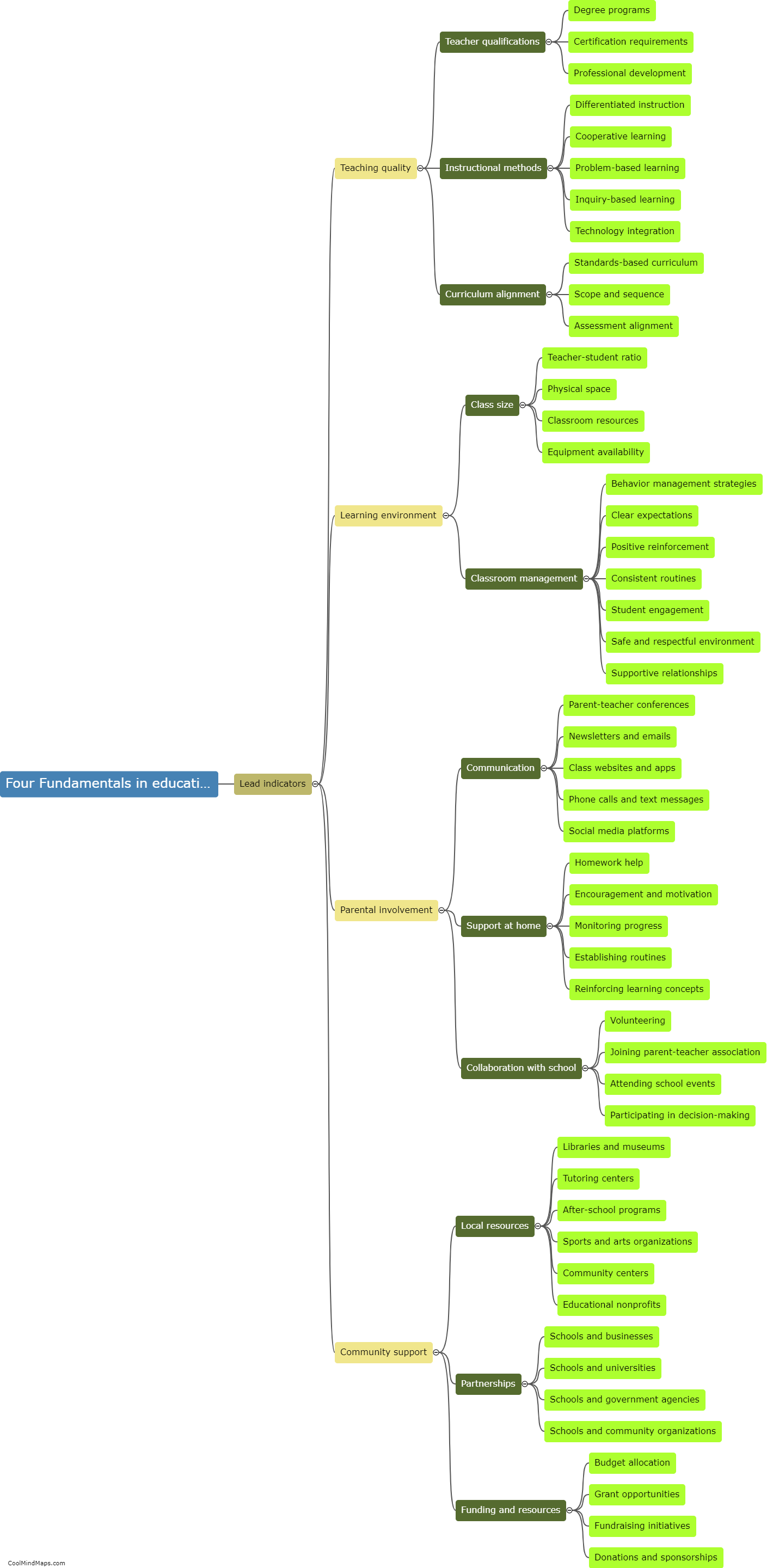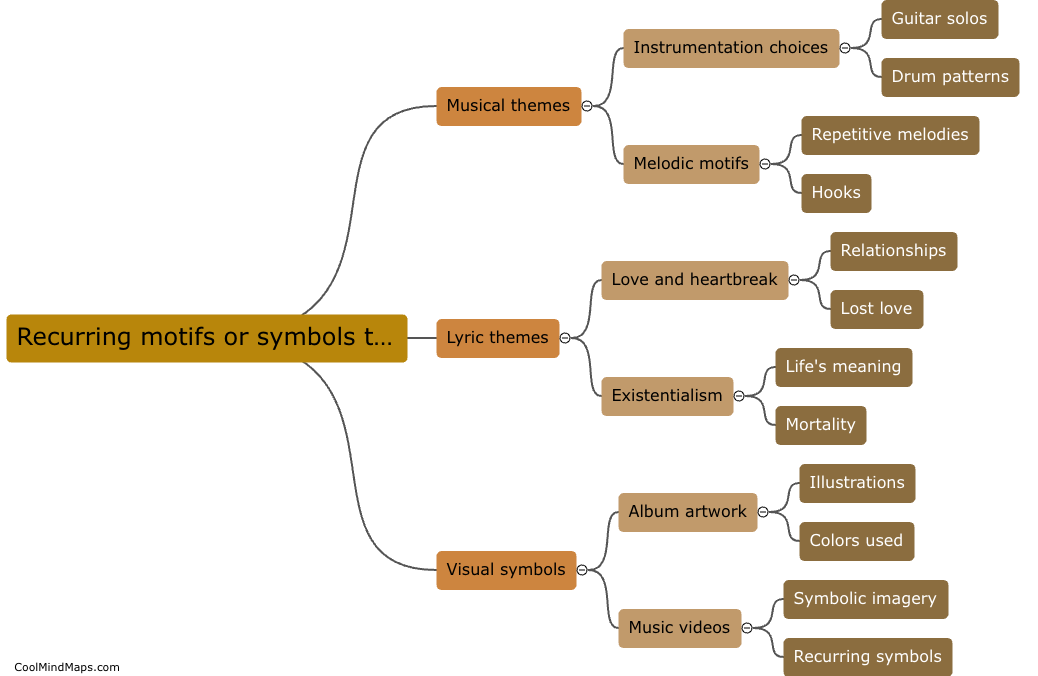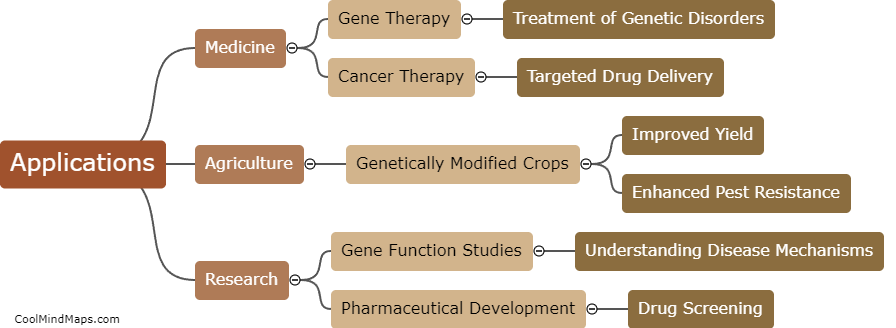What are the advantages and disadvantages of transformation and transfection?
Transformation and transfection are commonly used techniques in molecular biology to introduce foreign genetic material into cells. One major advantage of these techniques is their ability to generate genetically modified organisms for research purposes or therapeutic applications. Genetic transformation allows the introduction of a desired gene into a host organism, facilitating the study of gene function or the production of valuable proteins. Transfection, on the other hand, enables the introduction of DNA or RNA molecules into specific cells, providing valuable information about cellular processes and gene expression regulation. However, there are also disadvantages to these techniques. Transformation and transfection can have low efficiency, resulting in a limited number of cells successfully incorporating the foreign genetic material. Additionally, these techniques may induce cell stress or genetic instability, potentially affecting cell viability or disrupting normal cellular functions. Furthermore, transformation and transfection can be time-consuming and require intricate optimization for different cell types, serving as limitations to their wider application.

This mind map was published on 3 October 2023 and has been viewed 115 times.











